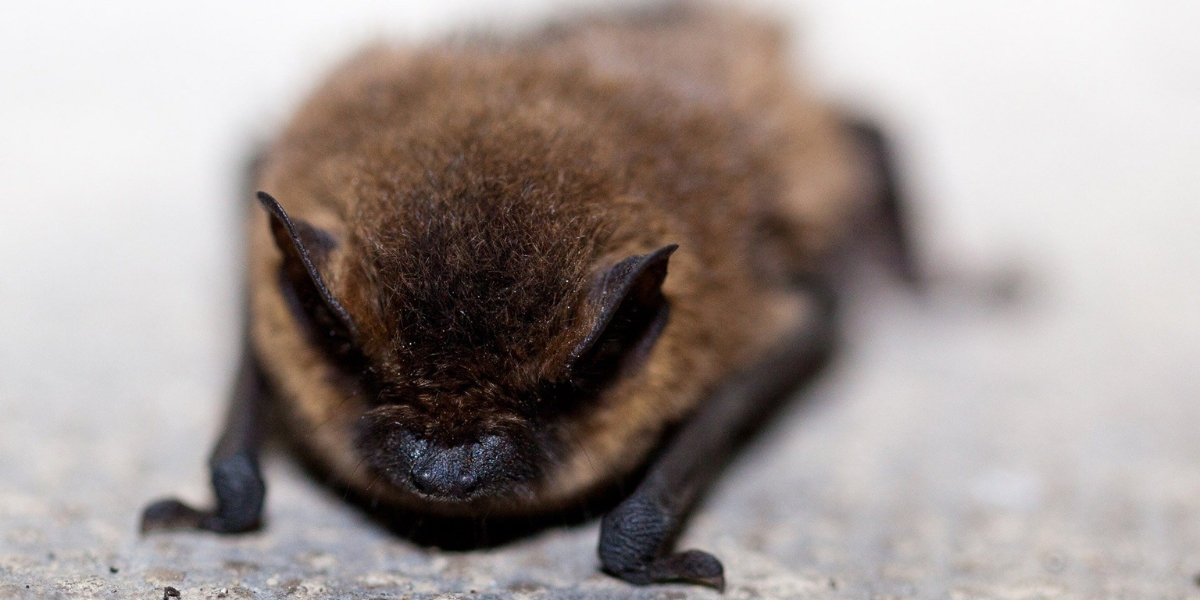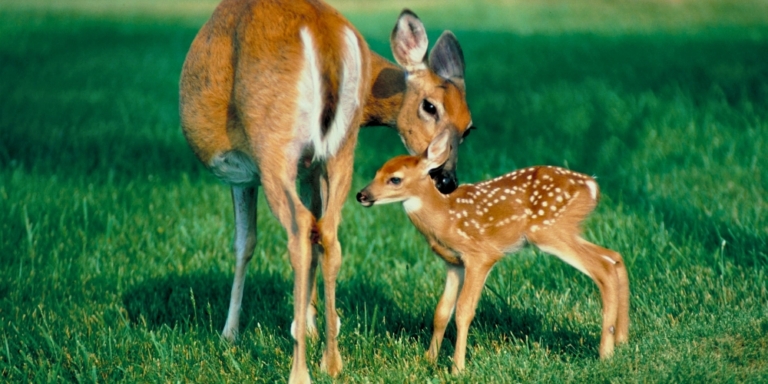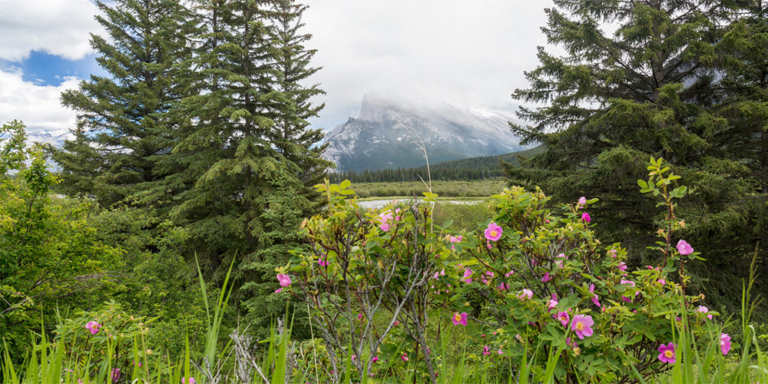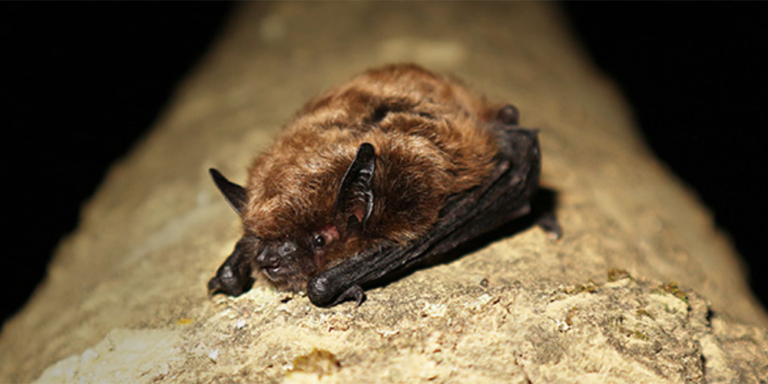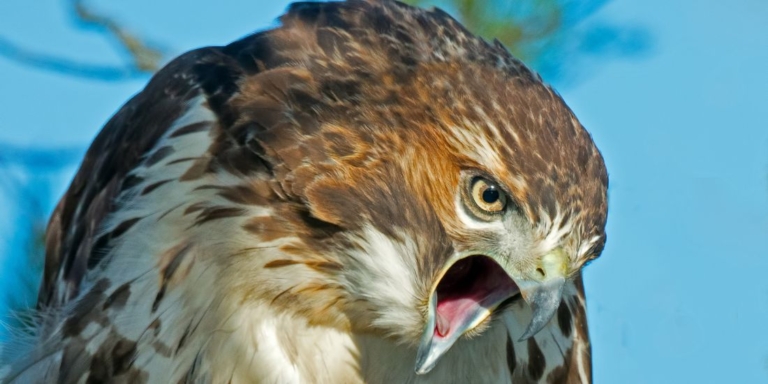Unlike young children, bats aren’t afraid of the dark. Since they navigate using sound they thrive when light is sparse.
That’s why the path from Banff Avenue to the Muskrat Street pedestrian bridge will not have lights at night. Because lights could harm the endangered little brown bat.
The Town of Banff will put up signs to guide people to other well-lit paths if they want to go downtown or to places like the Banff Centre and Banff Springs Hotel at night.
The little brown bat is protected by Canada’s Species At Risk Act and is in danger because of white-nose syndrome, habitat loss, and other threats.
The Town of Banff wants to protect these bats by not adding lights to the trail. These are a few ways bats are affected by artificial lighting and light pollution:
- Artificial lights attract flying insects – when bats hunt these insects, they are exposed to predators, such as snakes, owls, and hawks;
- Bats tend to avoid light – this restricts bats from crossing or feeding at sites with artificial lighting;
- Bats usually emerge from their roosts at sunset to feed – artificial light delays feeding because resting bats do not notice nightfall;
- Lighting near bats’ travel routes can increase their flight time and exhaustion by cutting them off from food and water sources; and
- Artificial light exposes bats to predators and can make bats leave their roost altogether.
According to Parks Canada’s impact assessment, to protect bats this section of the trail will require lighting to be decreased by 60 percent after 11 pm and completely turned off for at least five hours per night.
But some people are worried that even without lights, people will still use the path because it is convenient. The Town Manager and Council Member Chip Olver understand these safety concerns.
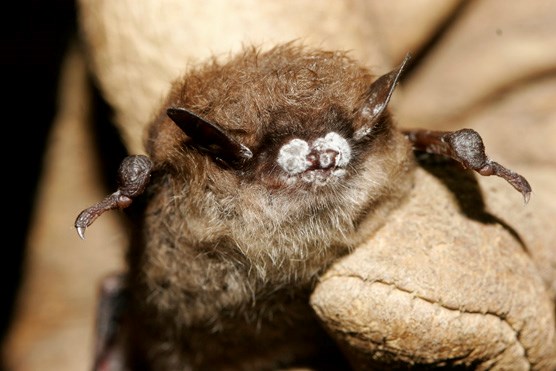

They will put up signs to advise against using the trail at night and suggest alternative routes. They hope people will follow the signs and not use the path when it’s dark outside.
Although this section of the trail will not have lights, the Town of Banff plans to light up other popular trails.
They want to install lights on Glen Avenue-Spray Avenue, Antelope Lane-Tunnel Mountain Road, Bighorn Street to the train station parking lot, and Cascade Gardens to Jasper Way.
The Town of Banff will review the costs and impact assessments for lighting these trails and present the information later this year. They want to ensure that lighting the pathways will be safe and not harm the environment.
The town has adopted a lighting policy that considers the impact of lights on humans and the environment. They will only install lights on trails that promote safety and active transportation while minimizing adverse effects on the nighttime environment.
Mayor Corrie DiManno supports the idea of lighting the recommended trails. She believes that well-lit paths encourage people to use non-vehicle modes of transportation, especially during winter.
“…the lighting has not been able to keep up with the pace of us developing and strengthening our amazing pedestrian and cycling ecosystem that we have built here. We need to start catching up,” DiManno told the Rocky Mountain Outlook.
The Town of Banff has set aside $400,000 in the budget for trail lighting improvements. They are committed to making the town more accessible and safe for pedestrians and cyclists.

